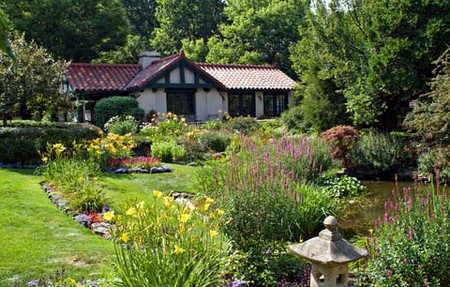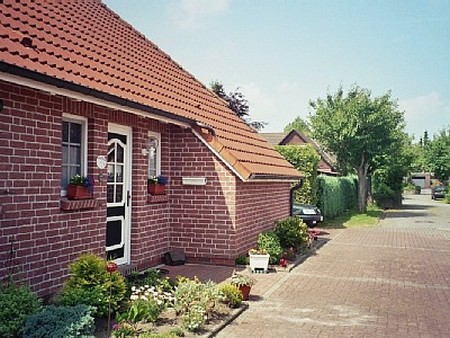Low-allergen features can be most comprehensively incorporated into a building at the design stage or as part of the renovation of an existing building. While it is true that you can make many changes to the structure and interior of any home to make it more allergen-free, some features, such as installing a mechanical ventilation system with heat recovery or making the building airtight, can be most easily accomplished when building from scratch.
Most of the low-allergen homes that are being built today are also designed to high standards of energy and resource efficiency making them good for the environment as well as for the people living in them. The basic principles of healthy housing design, as defined by the American Lung Association (ALA), provide a good reference point. An example of these principles in practice can be seen in the first case history, the story of Sunbury Healthy House, Melbourne, Australia.
The overall aim is to create a healthy and comfortable environment, with the emphasis on improving the interior air quality to a standard that we should all expect not just those with asthma and other allergies.
Designing and building your own home allows you to take location into account, such as building away from busy roads (external pollution) and on dry soil and away from damp valleys, underground- springs, or rivers (to avoid damp). It also allows you to make sure you emphasize those low-allergen features specific to your condition. For someone highly sensitive to dust-mite allergen, for example, the main aim would be to create a domestic environment that is inhospitable for the mite. The house will therefore contain leather or vinyl-covered sofas (couches) and chairs, or at least a minimum of fabric-upholstered furnishings, preferably with washable covers; hard surface flooring with washable cotton rugs; a ventilation system to help control relative humidity and interior pollution; and a central vacuum cleaning system to exhaust allergen-containing dust outdoors.
For those highly sensitive to pollen, but not mites, the garden will be particularly significant. Rather than being concerned about carpeting and soft furnishings, the emphasis will be more on low-allergen planting. Those with food allergies may want to make sure that there are plenty of cabinets in the kitchen to store bulk purchases of special foods.
So, if you have decided to build a healthy, low-allergen home, who will help you turn your vision into reality?
Deciding on an architect
One of the most important points to bear in mind when deciding on an architect is entirely personal you will be spending a lot of time with that person, so make very certain that it is somebody with whom you feel able to resolve the disagreements that will inevitably arise.
You may find the following points useful:
- Local architects are likely to have a good understanding of the local conditions that will impact on your specific requirements, such as terrain, orientation, and microclimate, and even the attitude of local authorities concerning planning and permissions.
- If possible, collect the names of local architects to interview from personal recommendations. Failing this, contact national allergy associations (particularly those with an interest in low-allergen housing), professional bodies and associations, or refer to the advertisements you will find at self-build exhibitions, which are becoming more and more commonplace.
- Make a full list of all the points about your specific low-allergy requirements you want to discuss with each architect.
- At the initial meeting find out how soon the practice could start on your project and the fee structure proposed.
- Before making your final decision, ask for references, preferably for similar work, and follow them up.
Categories
Advertisements
Recent Articles
 How to Understand Bed Sizes – A Small Guide
How to Understand Bed Sizes – A Small Guide How to Select Some Must Have Kitchen Accessories
How to Select Some Must Have Kitchen Accessories Best Way to Change a Car Tire
Best Way to Change a Car Tire Best Way to Write an Affirmation
Best Way to Write an Affirmation Best Way to Take Charge of Your Financial Life
Best Way to Take Charge of Your Financial Life Best Way to Survive a Party When You Don’t Know Anyone
Best Way to Survive a Party When You Don’t Know Anyone Best Way to Stop Self Sabotaging Yourself
Best Way to Stop Self Sabotaging Yourself Best Way to Start Journal Writing
Best Way to Start Journal Writing Best Way to Speak with a Powerful Voice
Best Way to Speak with a Powerful Voice Best Way to Simplify Your Life
Best Way to Simplify Your Life Best Way to Respond to a Put-Down
Best Way to Respond to a Put-Down Best Way to Reduce Acne Breakouts
Best Way to Reduce Acne Breakouts Best Way to Recover from Dining Disasters
Best Way to Recover from Dining Disasters Best Way to Quit Your Job Gracefully
Best Way to Quit Your Job Gracefully Best Way to Make Your Own Website
Best Way to Make Your Own Website



Leave a Reply